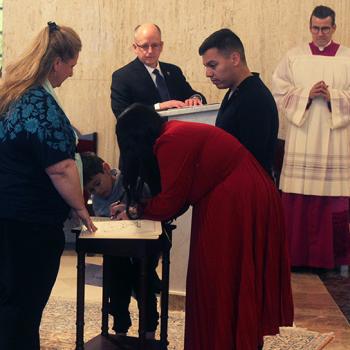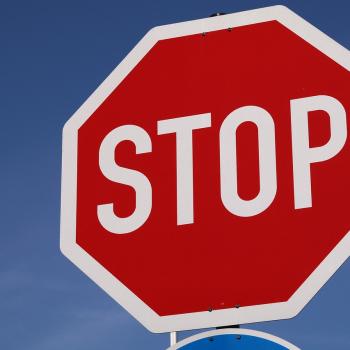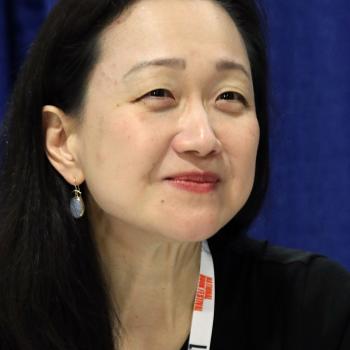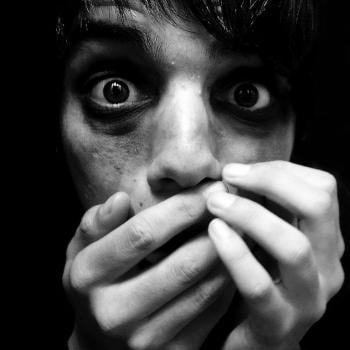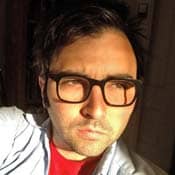I was a high school freshman when the O. J. Simpson trial began in January of 1995, and a sophomore when it ended nine months later. My classmates and I only knew Simpson from the Naked Gun movies we told our parents we had never watched. The trial existed in a corner of our collective consciousness. We knew it was taking place, because it was all that our parents and other adults could talk about. But we paid little attention until October 3, 1995, when our teachers (whether because they thought it would be educational or just because they wanted to see it themselves) wheeled television sets into classrooms so we could all watch the verdict.
When the "not guilty" verdict came through, cheers were heard around the school. I distinctly remember cheering with my classmates, but I also remember how the teachers who had gathered in our classroom looked on pensively. One held her hand at her throat as she turned away from the screen.
Why did we cheer? I've never known why. We were the predominantly white sons of working-class parents at a Catholic high school just outside Boston. We had no stake in the trial, and no sense of whether the man was guilty or innocent. We felt no sympathy for the victims; we were practically incapable of doing so because we were so far removed. All we knew was that this man we saw before us would not be sent to prison. This seemed good. It was black and white, open and shut. That's how a 14-year-old perceives the world.
I remembered that moment yesterday as I read the reports in The New York Times of the people who gathered outside the White House and beside Ground Zero to celebrate the news that Osama bin Laden had been killed. At first, I was surprised to learn that most of the people on the streets were college-aged or just a little older. On second thought, however, it seems entirely unsurprising. Not only was it very late in the evening—which fact alone would prevent many professionals and parents from making the trip to join in the revelry - but this is simply what young people do. It's how they see the world, in black and white.
This is one of the first times I felt very different from college-aged people, even though I spend the better part of every weekday teaching them. For the first time, I saw them more akin to the high school student I once was, the boy who cheered at the Simpson verdict, and less like the person I am now.
The scene on Sunday night, from the pictures I saw and the live report I gleaned from Twitter, brought to mind another memory, one more closely related to the killing of Osama bin Laden. I was a student at Gordon College in September 2001, when the terrorist attack shattered the black-and-white world in which I had been living. This wasn't the case for all of the other students I knew. For me, however, there was no going back.
After a long day of watching the planes hit the towers over and over again on our televisions, my friends and I piled into my car with only a vague sense of where we were going. We needed a change of scenery and a bit of distraction. We drove a few miles away, to Beverly, Massachusetts, looking for a bowling alley.
It was a warm September night in Beverly. The young people who filled the streets, after observing the moment of silence that had been enjoined by President Bush, erupted into cheers and shouts. It was a peculiar moment. We really couldn't tell if they were angry or joyous, relieved that this most terrible day was coming to an end, or so unsure how to feel that some primeval urge to roar had taken over.
Yet one image stands out in my mind. Some guys had made a sign out of a large piece of plywood and fluorescent orange spray paint. It read, "Packastan or Bust!!!"
Ignore the spelling error, for a moment, and consider that these young men holding the sign in one hand and beer cans in the other were either psychic—somehow they knew we would find bin Laden in Pakistan nearly ten years later—or they were simply ignorant. The terrorists responsible for the attacks were in Afghanistan, not "Packastan." But in that moment, none of this mattered. It was black and white. Someone had to pay. And in a black and white world, action is dominant over truth.
As people around the country reacted to the news that Osama bin Laden had been found and killed on Sunday, the initial responses brought me back to these two events, and reminded me what it was like to live in a world where right was clearly right, and wrong, wrong. If I still lived in that world, the death of bin Laden could simply be good and just. I could ignore his humanity, which admittedly is difficult to see anyway. I could forget that there are circumstances that created him, and ignore the countless deaths that litter the road to finding him. If I still lived in that black and white world, nothing would have prevented me on Sunday night from taking the short subway ride to the World Trade Center to celebrate with people only slightly younger than I am.
5/3/2011 4:00:00 AM
